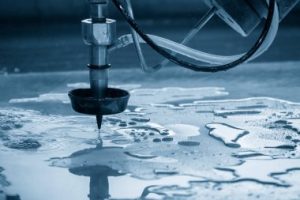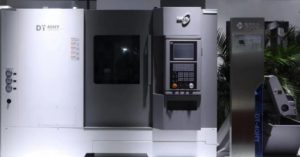In the actual production process, we often observe disparities in production efficiency when the same small CNC machine tools are operated by different personnel. This leads to suboptimal utilization of the processing capabilities of many CNC lathes. To address this issue and fully harness the potential of the equipment, it is essential to thoroughly consider various factors that affect the production efficiency of CNC machine tools.
To enhance the production efficiency of CNC lathes, a comprehensive analysis of the parts being processed is necessary. Factors such as material, structural characteristics, shape tolerance requirements, roughness, and heat treatment specifications of the parts must be clearly understood. Based on this information, it is important to select a suitable milling process and a simplified processing route.
Generally, a part may have multiple possible processes, each with varying production efficiency, processing cost, and accuracy. Hence, while ensuring the quality of parts processing, it is crucial to optimize the selection of processes and prioritize quality and efficiency. Taking into account the specific production situation, efforts should be made to enhance production efficiency, reduce costs, and develop efficient processing techniques.
When processing a workpiece on a custom-made CNC lathe, it is advisable to align the positioning, installation, design data, process data, and programming calculations of the workpiece. This approach minimizes the number of clamping operations, allowing for the processing of all surfaces in one positioning and clamping step, thereby avoiding the need for manual adjustments and placeholders in the processing plan.
The cutting amount involves factors like spindle speed, depth of cut, and feed rate. When determining the cutting amount, if it is rough machining, productivity improvement is a primary consideration along with economy and processing costs. In such cases, larger cutting depths and feed speeds can be chosen. Conversely, for semi-finishing and finishing, efficiency, economy, and machining costs should be balanced while ensuring machining quality. Additionally, during air flow operations, the tool should be set to a higher feed rate. The precise value should be determined based on the lathe manual, cutting volume manual, and practical experience.









